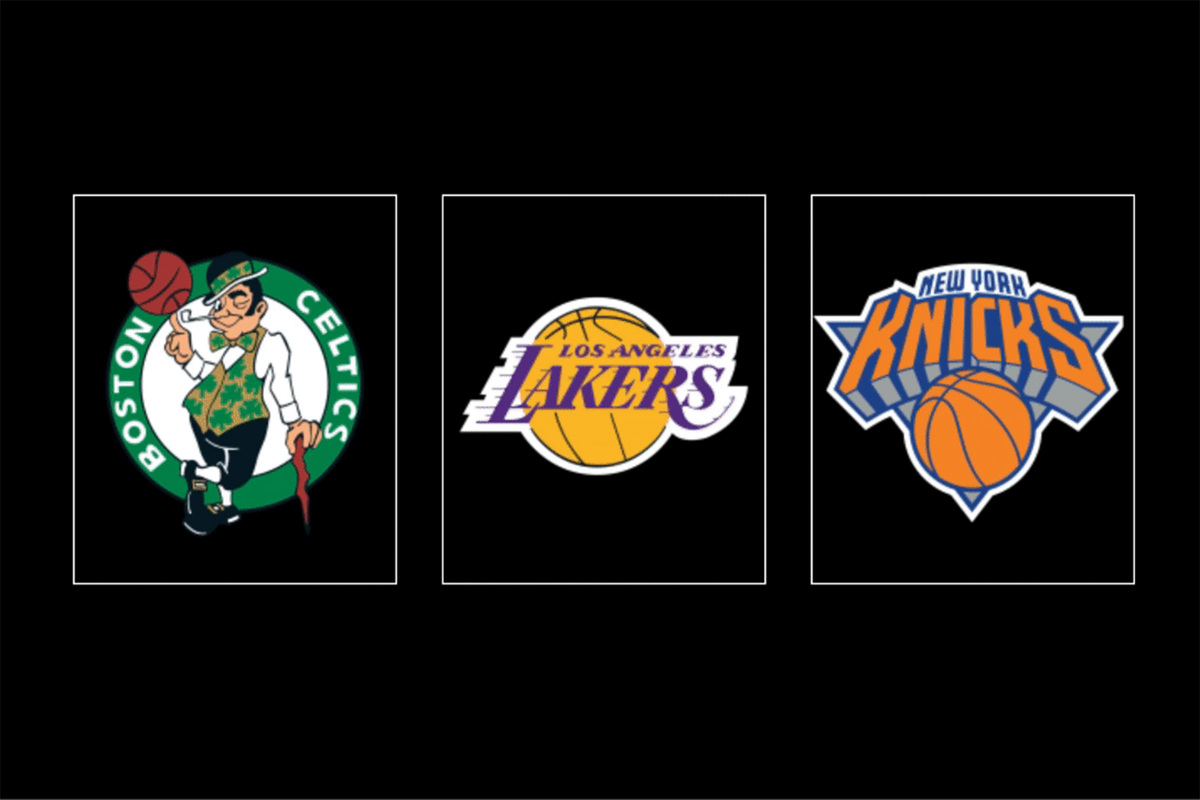Through the soft but deadly eyes of Nikola Jokic, basketball is a game of information processing and infinite possibilities. For the first three quarters of Game 2, the Los Angeles Lakers discombobulated the two-time MVP’s vision by throwing multiple coverages and multiple players at him, rarely allowing the Denver Nuggets’ best player to see the same scheme on consecutive possessions.
LeBron James and Rui Hachimura bumped into his base. Dennis Schroder and Jarred Vanderbilt, reinserted into the starting lineup, sent doubles and triples. When Jokic drove on Anthony Davis, James sprang into his path. Vanderbilt jumped into dribble handoff routes and slithered around screens, disconnecting the center of the Nuggets’ solar system from the constellation of scorers that play off him.
Nobody is going to outright stop Jokic, who finished with 23 points on 21 shots, 17 rebounds, and 12 assists, but the Lakers successfully made things at least a little awkward. The confusion trickled down to the rest of the team: If Jokic was jump-passing out of floaters, Jamal Murray was missing point-blank jumpers, and Michael Porter Jr. was stopping short on drives. To make matters worse, Porter and Kentavious Caldwell-Pope picked up two quick fouls each in the first quarter, forcing Michael Malone to alter his rotation.
With just under seven minutes left in the third quarter, it looked like it all might work for the Lakers. James and Vanderbilt switched a Murray-Jokic pick-and-roll, and James deflected Murray’s attempt to feed Jokic on the slip. LeBron raced down the floor and dunked the ball, giving the Lakers an 11-point lead, their largest of the game.
The Lakers did what they were supposed to do after losing Game 1: slow down Jokic, reduce second-chance opportunities, and dare the Nuggets to beat them outside the context Jokic creates. But that was when Murray answered the call, isolating James on the switch, driving to the rim, and spinning for a baby hook.
Murray, whose movements are jittery—almost erratic—looks out of sorts when he’s off and possessed by electricity when he’s hot. Murray provided the full range of that experience in Game 2, scoring 23 fourth-quarter points after going 5-for-17 in the first three quarters, finishing with 37 points and icing the crucial 108-103 victory for Denver.
Only 7.4 percent of teams come back from an 0-2 deficit, but with both games being decided by six points or less (don’t read this if your name is Michael Malone!), the Lakers have reason to believe they have slightly better chances than the math suggests. But they’re running out of answers to the questions the Nuggets are raising.
Here’s the bright side for L.A.: If you simulated the conditions of Game 2 again, the Lakers would probably win seven times out of 10. Murray struggled for three quarters, and Jokic was relatively contained. But here’s the rub: Those conditions are unlikely to recreate themselves. In fact, if the Lakers are going to come back in this series, they’ll have to find entirely new ways to win.
After the deadline, the Lakers have counterbalanced LeBron’s injury woes and Davis’s inconsistency by relying on pick-and-roll creation from a row of inventive, industrious guards, while James and Davis have set screens, protected the rim, and hung closer to the basket.
The quartet of Austin Reaves, D’Angelo Russell, Schroder, and Lonnie Walker IV were supposed to be nightmares for Jokic to defend in the pick-and-roll. But two games in, they’re shooting just over 40 percent combined. The Nuggets are shading toward the roller to prevent easy buckets at the rim, and their perimeter defenders are using length and speed to catch up and provide at least some rearview contests.
This is part of the reason GM Calvin Booth brought in Caldwell-Pope and Bruce Brown, two excellent screen navigators, last offseason. Porter has even used his length to add some resistance and block some shots from behind.
But while the Nuggets shored up their perimeter defense, they’re still vulnerable on the interior. The problem for the Lakers is that it’s hard to count on James and Davis being dominant at the same time.
Davis, who scored a game-high 40 points in Game 1, disappeared on offense in Game 2 (18 points on 4-of-15 shooting), allowing either Aaron Gordon or Jeff Green to comfortably guard LeBron. The Lakers can’t let the Nuggets get that comfortable. One option is to keep putting Murray in screening actions involving LeBron, but that raises maybe the most pressing issue: The Lakers could flip the series if, you know, James could tap into his old dominance, but it’s unclear how much the 38-year-old has left in the tank.
The Nuggets and Lakers are playing every other day in the Western Conference finals, which means no one will get much of a breather. Going back to sea level will probably help a little bit, but the Lakers will have to win a game in Denver eventually. To make matters even more taxing, James emerged as the Lakers’ most effective Jokic defender in Game 2.
LeBron’s missed bunnies in Game 2 felt like a new low in his declining finishing abilities. An attempted breakaway dunk, the type of exclamation he’s been throwing down for 20 years, sending shivers down the spines of opposing crowds, even slipped out of his hands:
Hachimura was the only Laker consistently punishing Denver at the rim. It checks out: As of right now, the rising reclamation project has a quicker first step than the all-time leading scorer.
On that note, getting to the free throw line will be imperative for Los Angeles to bounce back Saturday. The Lakers need to put more pressure on the rim, and part of the reason the Nuggets looked so discombobulated Thursday was because foul trouble forced Malone to rejig an already thin rotation. Plus, more free throws would allow the Lakers to set their defense.
There’s a version of this clash in which the Lakers’ long, imposing half-court defense is the story. The Nuggets’ offensive rating on half-court possessions, per Cleaning the Glass, ambled around the high 80s for most of Game 2 and jumped to a paltry 91.6 points per 100 plays only after Murray took over in the fourth.
But slowing down the Nuggets is easier said than done, considering how steadfast Jokic has been about running. He tries to trigger a fast break the second he snatches the ball from the air, looking up for potential crosscourt outlet passes. In Game 1, he traversed a team-high 15,300 feet—more distance than Steph Curry averaged against the Lakers in the second round—pushing the ball ahead of him and, stride by stride, eclipsing the most athletic big man in the world.
“Nikola’s like Secretariat, man,” Malone said. “That guy can run for days.”
I can’t help but wonder how this series would look right now had Lakers coach Darvin Ham made the somewhat obvious adjustment in Game 2 and started Schroder over Russell. Russell has been a turnstile on defense, giving up just 1.750 points per direct chance in two games, per Second Spectrum. And as Malone so diligently and specifically noted, Russell’s shot has been cold. It probably makes sense going forward to start Schroder, who can give the Lakers something defensively, has been more intentional about finding Davis, and won’t hijack entire shifts by trying to get his shot going.
“Until a team beats you four times, you always have an opportunity to come out of it,” LeBron said after the game. “That’s the confidence we should have. It’s a tough hill to climb up, but we still have a good opportunity to play the best basketball of the series in Game 3. If we can get better from Game 2 like we did tonight to Game 3, then we’ll put ourselves in a position to do that.”
It’s true. Every game is a learning opportunity. But so far, the Lakers haven’t applied what they’ve learned as quickly as the Nuggets have adapted to them. The most compelling lesson of all, thus far, has been how impossible the Nuggets are to handle when they’re in their full element.

